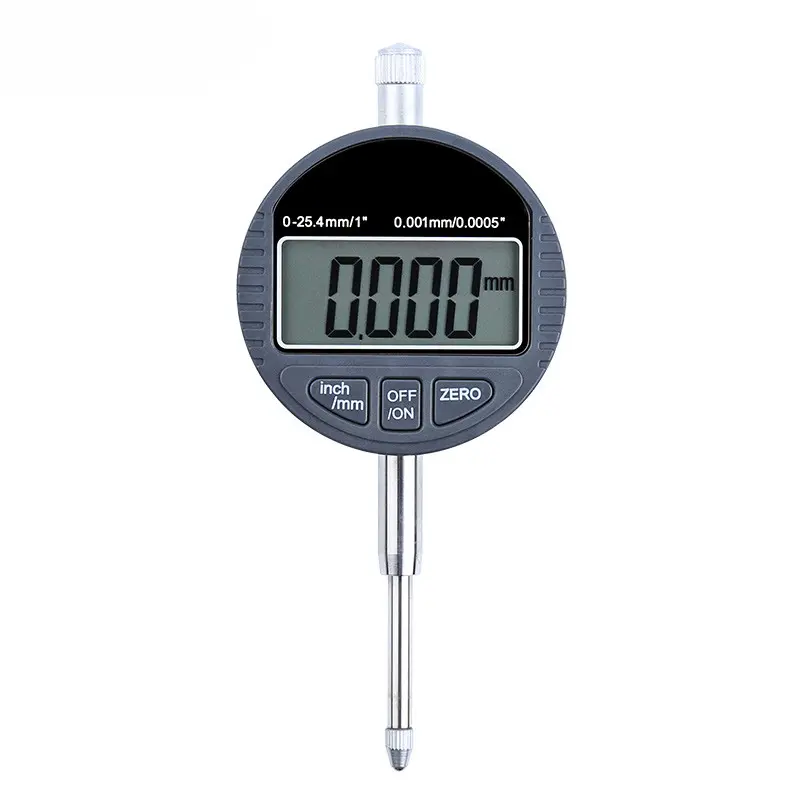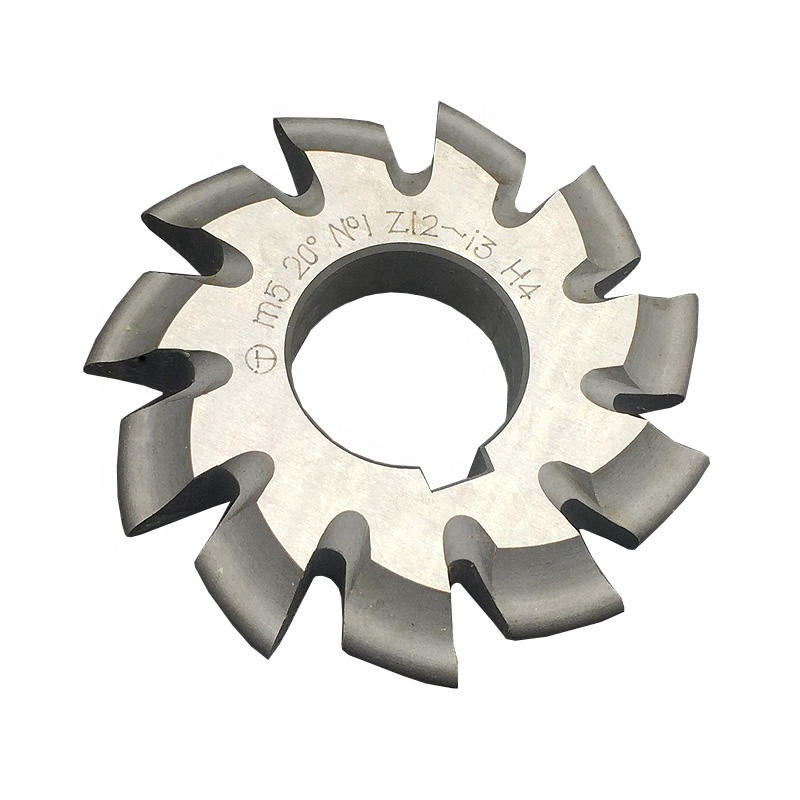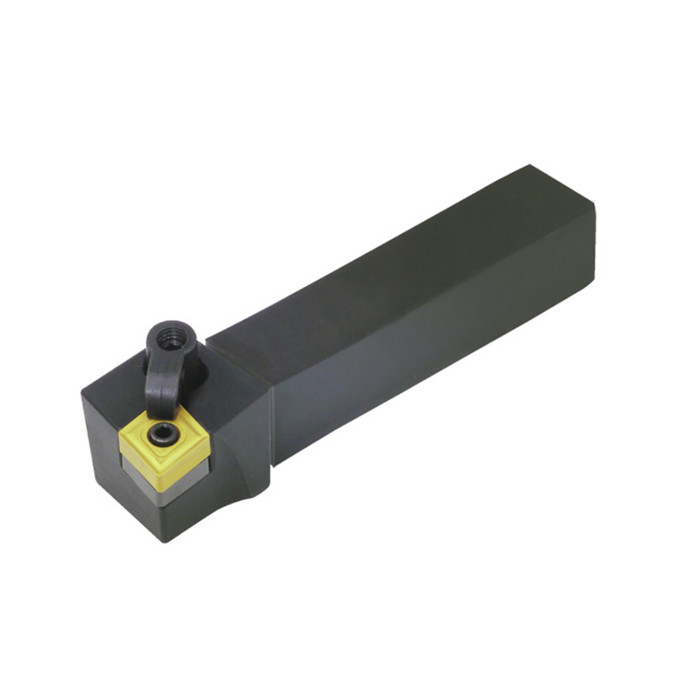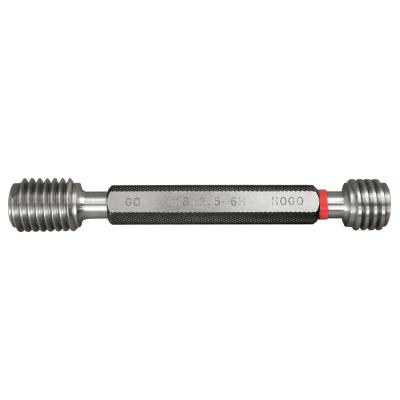reamer tools Manufacturer
Looking for a reliable reamer tools manufacturer? This guide explores the key factors to consider when choosing a supplier, including types of reamers, materials, manufacturing processes, and quality control, ensuring you find the perfect partner for your machining needs.
Understanding Reamer Tools and Their Applications
Reamer tools are essential cutting tools used to enlarge or finish pre-existing holes to precise dimensions and smooth surfaces. Unlike drilling, which creates a hole, reaming refines an existing one, achieving tight tolerances and superior finishes.
Types of Reamer Tools
Selecting the right type of reamer tool is crucial for achieving desired results. Here's a breakdown of common types:
- Hand Reamers: Manually operated for fine adjustments and deburring. Best suited for low-volume production and delicate work.
- Machine Reamers: Designed for use in lathes, milling machines, and drill presses. Offer higher precision and efficiency for production environments.
- Chuck Reamers: A type of machine reamer, specifically designed to be held in a chuck. They are versatile and can be used for various reaming applications.
- Taper Reamers: Used to create tapered holes, often found in valve seats and other precision components.
- Adjustable Reamers: Offer the ability to adjust the cutting diameter, providing flexibility for various hole sizes.
- Shell Reamers: Consist of a reamer head attached to an arbor. Offer cost savings as only the reamer head needs replacement when worn.
Materials Used in Reamer Tools
The material of a reamer tool significantly impacts its performance and lifespan. Common materials include:
- High-Speed Steel (HSS): A versatile and cost-effective option suitable for general-purpose reaming applications.
- Cobalt HSS (HSS-Co): Offers improved heat resistance and wear resistance compared to standard HSS, making it suitable for harder materials.
- Carbide: Provides exceptional hardness and wear resistance, ideal for high-volume production and machining abrasive materials.
- Diamond (PCD): Used for extremely abrasive materials and applications requiring exceptional surface finishes.
Key Considerations When Choosing a Reamer Tools Manufacturer
Selecting the right reamer tools manufacturer is vital for ensuring the quality, performance, and reliability of your machining operations.
Quality Control and Certifications
A reputable reamer tools manufacturer will have rigorous quality control procedures in place, ensuring that their products meet industry standards. Look for certifications such as ISO 9001, which demonstrates a commitment to quality management. For example, Wayleading Tools, a leading reamer tools manufacturer, adheres to strict ISO 9001 standards throughout its production process. Learn more about Wayleading Tools and their commitment to quality at www.wayleading.com.
Manufacturing Capabilities and Technology
The manufacturer's capabilities and technology play a significant role in the quality and precision of their reamer tools. Look for manufacturers that invest in modern CNC machining equipment, advanced grinding technology, and precise measuring instruments.
Customization Options
If you require specialized reamer tools for specific applications, choose a manufacturer that offers customization options. This allows you to tailor the tool's geometry, material, and coating to meet your exact requirements.
Lead Times and Delivery
Consider the manufacturer's lead times and delivery capabilities to ensure that you receive your reamer tools when you need them. A reliable manufacturer will have efficient production processes and logistics to minimize delays.
Pricing and Payment Terms
Obtain quotes from multiple manufacturers to compare pricing and payment terms. While price is an important factor, prioritize quality and reliability over the lowest price. Consider the total cost of ownership, including tool life and performance.
Customer Support and Technical Expertise
Choose a manufacturer that provides excellent customer support and technical expertise. This ensures that you have access to knowledgeable staff who can assist you with tool selection, application advice, and troubleshooting.
Finding the Right Reamer Tools for Your Application
To find the best reamer tools, consider these factors:
- Material to be Machined: Different materials require different reamer materials and geometries.
- Hole Size and Tolerance: Choose a reamer with the appropriate diameter and tolerance for your application.
- Surface Finish Requirements: Select a reamer that can achieve the desired surface finish.
- Production Volume: Consider the production volume when choosing between hand reamers and machine reamers.
- Machine Tool Compatibility: Ensure that the reamer is compatible with your machine tool.
Working with Reamer Tools Manufacturer: Building a Strong Relationship
Establishing a strong relationship with your reamer tools manufacturer can bring many benefits.
Clear Communication
Maintain open and clear communication with your manufacturer. Clearly communicate your requirements, expectations, and any specific challenges you face. The more information you provide, the better the manufacturer can meet your needs.
Providing Feedback
Provide feedback on the performance of the reamer tools. This feedback helps the manufacturer to continuously improve their products and services. Constructive criticism is valuable and can lead to better solutions.
Long-Term Partnership
Consider building a long-term partnership with your reamer tools manufacturer. This can lead to preferential pricing, priority delivery, and customized solutions tailored to your specific needs.
Troubleshooting Common Reamer Tool Problems
Even with the best reamer tools and practices, problems can sometimes arise. Here are some common issues and how to address them:
- Chatter: Chatter can occur due to excessive vibration or instability. Ensure that the workpiece is properly secured, the machine is stable, and the reamer is sharp.
- Poor Surface Finish: A poor surface finish can result from a dull reamer, improper cutting speed, or inadequate lubrication. Sharpen or replace the reamer, adjust the cutting speed, and use the appropriate lubricant.
- Oversized Holes: Oversized holes can be caused by a worn reamer, excessive feed rate, or improper alignment. Replace the reamer, reduce the feed rate, and ensure proper alignment.
- Reamer Breakage: Reamer breakage can occur due to excessive force, improper tool selection, or hard spots in the material. Use the appropriate reamer for the material, avoid excessive force, and inspect the material for hard spots.
Conclusion
Choosing the right reamer tools manufacturer is crucial for achieving precise holes and smooth finishes in your machining operations. By considering the factors outlined in this guide, you can find a reliable supplier that meets your specific needs and helps you to optimize your production processes.
Data and Resource
ISO 9001 standards : https://www.iso.org/iso-9001-quality-management.html
Related products
Related products
Best selling products
Best selling products-
 Precision 1-2-3, 2-3-4 or 2-4-6 Block With 1 And 11 And 23 Or None Hole
Precision 1-2-3, 2-3-4 or 2-4-6 Block With 1 And 11 And 23 Or None Hole -
 GTN Parting & Grooving Insert For NCIH Blade
GTN Parting & Grooving Insert For NCIH Blade -
 Vernier Height Gauge For Industrial
Vernier Height Gauge For Industrial -
 HSS Metric Plain Metal Slitting Saws For Industrial
HSS Metric Plain Metal Slitting Saws For Industrial -
 HSS Inch 4 Flute End Mills With Bright Or TiN And TiAlN Coated
HSS Inch 4 Flute End Mills With Bright Or TiN And TiAlN Coated -
 Precision Dial Caliper Of Double Shock-Proof For Industrial
Precision Dial Caliper Of Double Shock-Proof For Industrial -
 Precision Micrometr Holder For Micrometer
Precision Micrometr Holder For Micrometer -
 Precision Digital Indicator Gage For Industrial
Precision Digital Indicator Gage For Industrial -
 Precision Dial Test Indicator Holder For Industrial
Precision Dial Test Indicator Holder For Industrial -
 32 Blades Feeler Gauge From 0.04-0.88MM
32 Blades Feeler Gauge From 0.04-0.88MM -
 Digital Depth Gauge With Stainless Steel For Industrial Type
Digital Depth Gauge With Stainless Steel For Industrial Type -
 HSS Module Involute Gear Cutters With PA20 And PA14-1/2
HSS Module Involute Gear Cutters With PA20 And PA14-1/2











